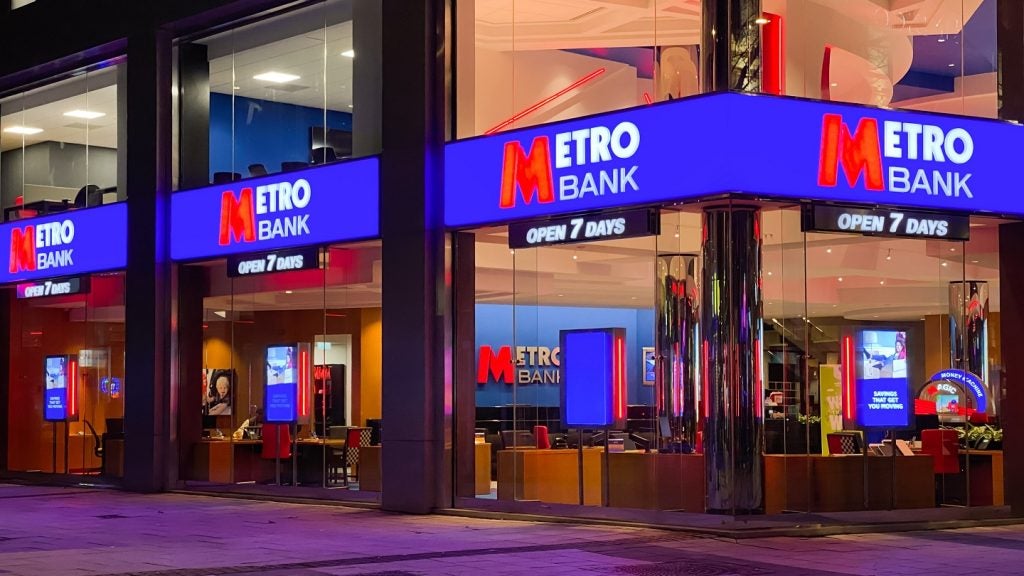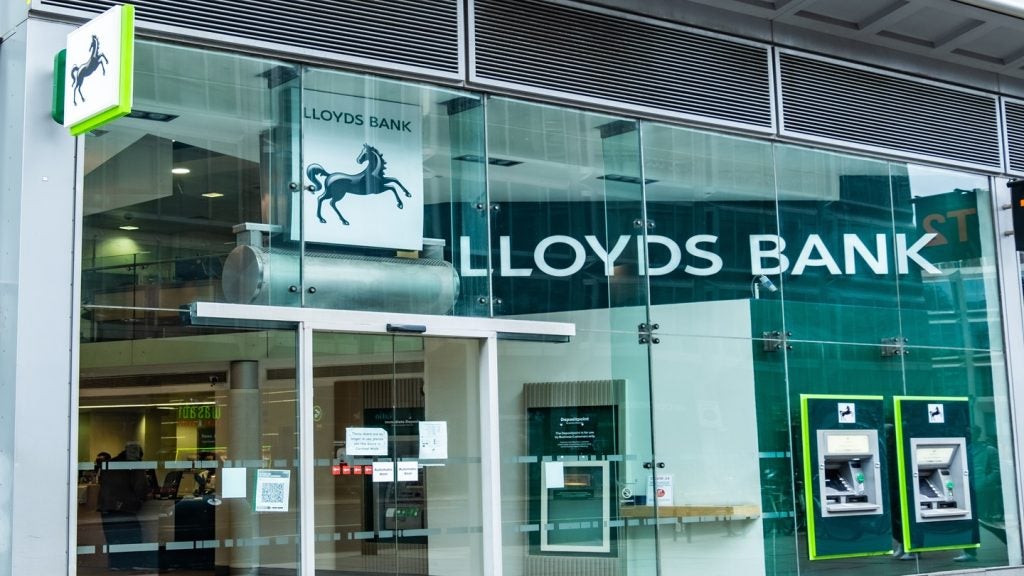changed into a bank holding company late last year to take $3.4
billion in US government funds, reported a 79 percent
fourth-quarter loss in its 2008 results with net income of $172
million.
 Overall, the company reported a 34 percent fall in
Overall, the company reported a 34 percent fall in
its yearly net income.
The fourth quarter was the fifth consecutive
financial quarter in which the company suffered major losses – and
the worst.
Average cardmember spending fell 14 percent in
the quarter while billed business fell 10 percent. Customers pulled
back, in particular, on spending on flights, travel, hotels and
restaurants.
Average cardmember spending in the US fell 13
percent from $3,352 in Q407 to $2,948 in Q408. It fell 19 percent
outside the US: from $2,914 in Q407 to $2,397 in Q408.
The speed, size and depth of bad
loans
How well do you really know your competitors?
Access the most comprehensive Company Profiles on the market, powered by GlobalData. Save hours of research. Gain competitive edge.

Thank you!
Your download email will arrive shortly
Not ready to buy yet? Download a free sample
We are confident about the unique quality of our Company Profiles. However, we want you to make the most beneficial decision for your business, so we offer a free sample that you can download by submitting the below form
By GlobalDataBut the very surprising thing about
Amex is the speed, size and depth of its bad loan impairments.
Despite the company’s focus on affluent-to-very affluent customers,
US net charge-offs rose to 6.7 percent in the fourth quarter of
2008 from 5.9 percent in the third quarter.
And the situation is getting worse: in an
update published in mid-March, Amex said its net charge-off rate
rose to 8.70 percent in February from 8.30 percent in January.
At that speed, the rate will breach 10 percent
as early as May or June.
In contrast, Chase reported its charge-off
rate rose to 6.35 percent in February from 5.94 percent in January.
Capital One’s default rate increased to 8.06 percent in February
from 7.82 percent in January.
Billed business of $683
billion
Overall, Amex said it finished the year with a
24 percent share of US purchase volume: its billed business hit
$683 billion in 2008.
Card numbers were up significantly across the
year: a 7 percent rise in total cards-in-force to 92.4 million (54
million in the US, up 3 percent, and 38.4 million outside its
domestic market, up 13 percent).
In a statement, Amex’s CEO, Kenneth Chenault,
said his company’s three priorities for 2009 were “to stay liquid,
stay profitable and invest selectively for growth… As we’ve seen
over the last six months, liquidity is fundamental to a company’s
day to day operation and therefore has to be its foundation.”
The group cut cardmember reward expenses by 39
percent in the fourth quarter, and marketing and promotion
expenditure by 35 percent to help save the group $1.8 billion in
2009.
Other cost cutting actions for the year
include the elimination of 7,000 staff and a scaling back of
current technology projects.
Going after traditional
deposits
One of the more interesting aspects
of Amex’s plans for 2009 is not its cards business but its plans to
take on traditional banks in the US for deposits.
While Chenault said that “becoming a bank
holding company will not change our payments focused model, nor our
core businesses”, retail savings and direct deposits will form an
increasingly important part of Amex’s funding.
The group entered the brokered Certificates of
Deposit (CDs) market in October 2008 and by the year-end had
amassed $6.2 billion. It launched so-called ‘brokerage sweep
accounts’ in September 2007 and by year-end 2008 had $7.1 billion
in deposits.
It has a separate direct deposit gathering
initiative under the American Express brand which it is targeting
to bring in up to $30 billion over the next five years. And it
wants up to $20 billion in brokered CDs and $15 billion in
brokerage sweep accounts over the same period as well.







